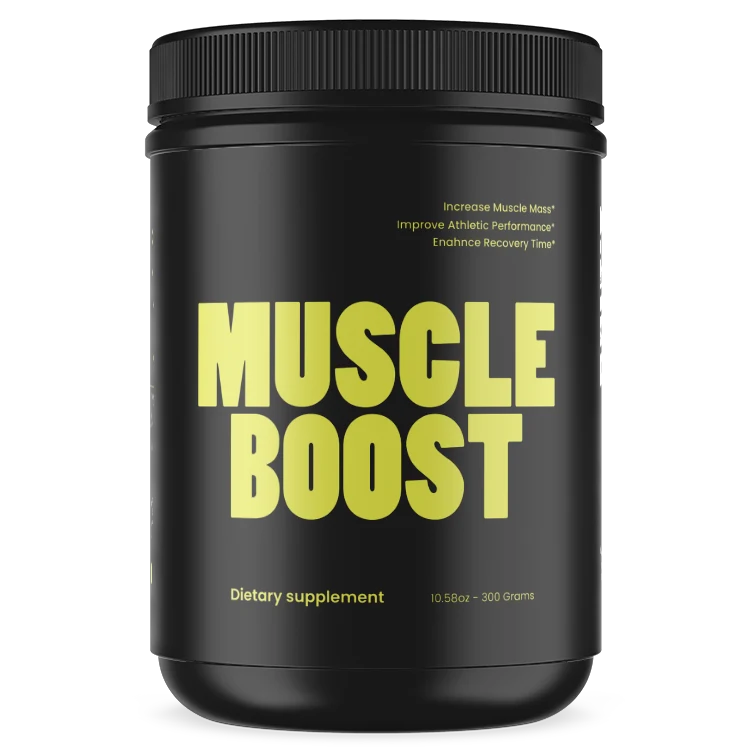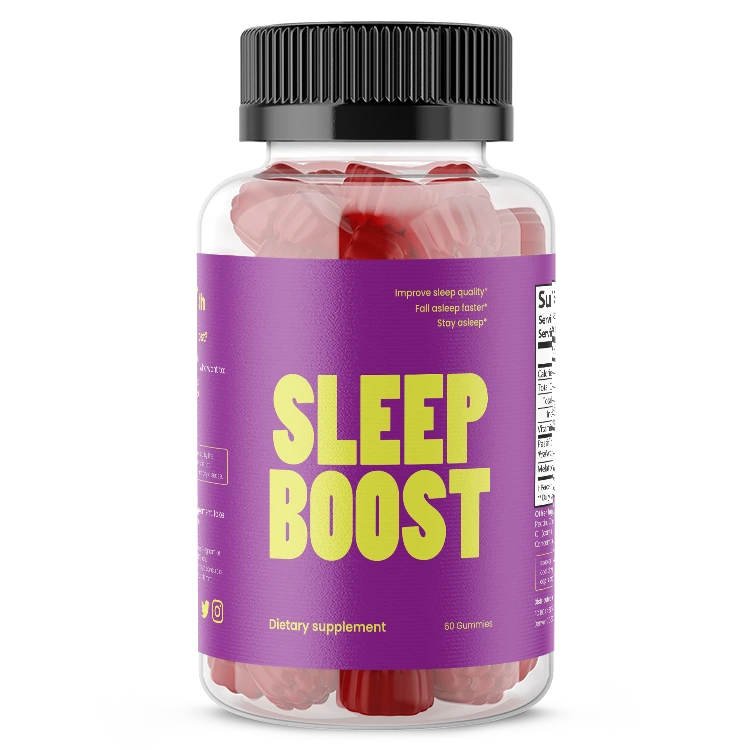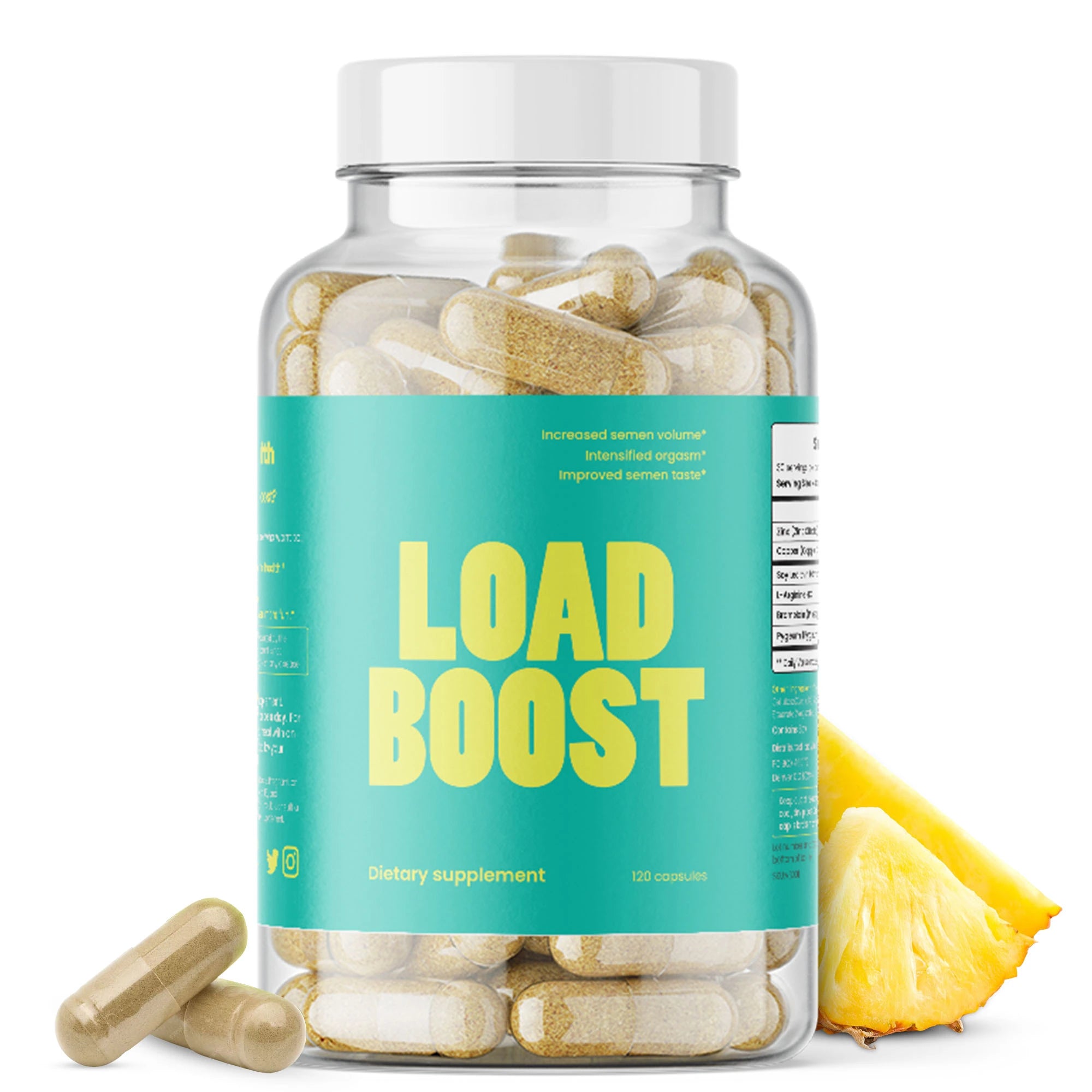Many men are interested in increasing the size of their testicles for various reasons including confidence and perceived notions of masculinity. A blend of scientific insight and health-conscious caution is the right approach for such a delicate area. Some men want to cum more, increase sensitivity, or even just want larger testicles for aesthetic purposes. Let's explore scientifically-backed methods and the importance of consulting healthcare professionals in your journey.
Hormonal Treatments
Testosterone replacement therapy (TRT) can sometimes influence the size of the testicles, especially if an individual has lower testosterone levels. Testosterone is pivotal in the development and maintenance of male reproductive tissues, including the testicles. TRT should only be pursued under the guidance of a healthcare professional, as it can have side effects and is not suitable for everyone. Something else to note is the fact that TRT can actually decrease testicle size for many users, due to the fact that the testicles don't need to work as hard anymore with the supply of exogenous testosterone
Lifestyle Adjustments
Certain lifestyle choices can impact testicular size and function, primarily through their effects on overall health and hormone levels. These include:
- Regular Exercise: Physical activity can boost testosterone levels, potentially affecting testicular size and health.
- Diet: A balanced diet rich in vitamins and minerals supports general health and optimal hormone production. Foods high in vitamin D and zinc are particularly beneficial for testosterone levels.
- Avoiding Substance Abuse: Excessive alcohol consumption and smoking can negatively affect testicle size and reproductive health.

Medical Conditions and Treatments
In some cases, smaller testicles may result from medical conditions like hypogonadism or varicocele. Addressing these conditions through medical intervention can, in turn, impact testicle size:
- Varicocele Repair: A varicocele is a swelling of the veins that drain the testicle. Surgery to repair these veins can improve testicular function and potentially size.
- Hormonal or Medicinal Treatments: For conditions like hypogonadism, treatment may involve hormone replacement therapy or medication to address hormone imbalances.
Some issues that arise aren't necessarily medical emergencies, but can be quite uncomfortable, like blue balls. If your balls hurt after sex it may be from testicular hypertension.
The Role of Supplements
While some supplements claim to increase testicle size by boosting testosterone levels, there is limited scientific evidence to support these claims.
Testicle Size and Its Relationship to Fertility
Testicle size is often discussed in the context of reproductive health, with many questioning whether it has a direct impact on fertility. Scientifically, testicles play a crucial role in the male reproductive system, primarily responsible for the production of sperm and testosterone. The relationship between testicle size and fertility is complex and influenced by various factors, but certain aspects are well-documented in medical research (1).
Sperm Production
Larger testicles are generally associated with a higher capacity for sperm production. This is because the size of the testicles correlates with the amount of seminiferous tubules they contain, which are the sites of sperm production. More tubules can result in a greater production of sperm, which theoretically could enhance fertility potential (2).
Testosterone Levels
Testicle size can also reflect an individual's testosterone levels, as these organs are the primary producers of the hormone. Testosterone is essential for several functions related to fertility, including the development of male sexual characteristics, sperm production, and libido. While larger testicles might indicate higher testosterone production, this is not always a direct correlation to fertility. Other factors, including sperm quality and genetic factors, play significant roles.




